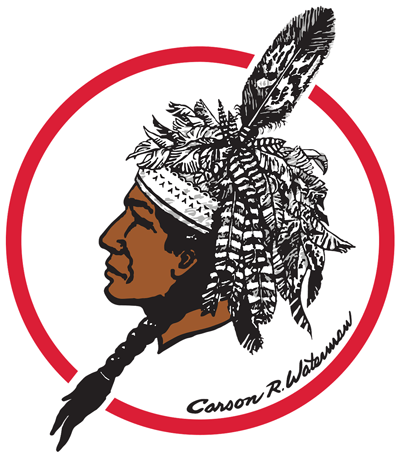One of the concepts Salamanca High School students often seem to struggle with during Earth Science class is visualizing the height and shape of a hill from the contour lines of a 2D map. This is not uncommon. According to the Journal of Cognitive Research, "Novice [students] struggle to interpret maps that show information about continuous dimensions (typically latitude and longitude)."
Students in Dr. Graham’ Hayes earth science class explored these abstractions using the soon-to-be-flattened dirt pile (a remnant from school building construction). Students estimated the height of the man-made precipice using “known object height,” which is when one of the students stood next to the base of the hill while the other students frame their height using their forefinger and thumb at arm’s length to establish their “height”. Moving their outstretched hands up the hill without adjusting the distance between their fingers allows them to approximate height of the hill in “student increments”.
Employing a meter rolling wheel, a clinometer to measure the angle between the land and a point sited at the top of the hill, and right angle trigonometry from Math class, students were able to confirm their estimates for the height of the hill.
Afterward, the investigation team placed caution tape on the hill to represent horizontal contour lines on a 2D Map. From on top of the hill, students experience as close to a “bird’s eye view,” to simulate looking straight down on the contours on a full-scale 2D map.
Students observed that the lines appeared close together on parts of the hill that had steep angles but in areas where the slope was gradual, the tape contour lines appeared further apart. From this, they concluded that the appearance of the distance between the lines is used to indicate the steepness of the hill on a 2-D map.
High School sophomore Konnor Spring said "this really helped me understand the purpose of the lines."
Dr. Hayes reported " I don’t know if we inspired any future Field Geologists or Surveyors but our students certainly made careful measurements, asked good questions, recorded their results, and shared good insights into why each of their calculations was different.”
“This is good inquiry and scientific process," added, Instructional Coach Aaron Straus, "which is what we strive to teach them in Salamanca science classes.”

